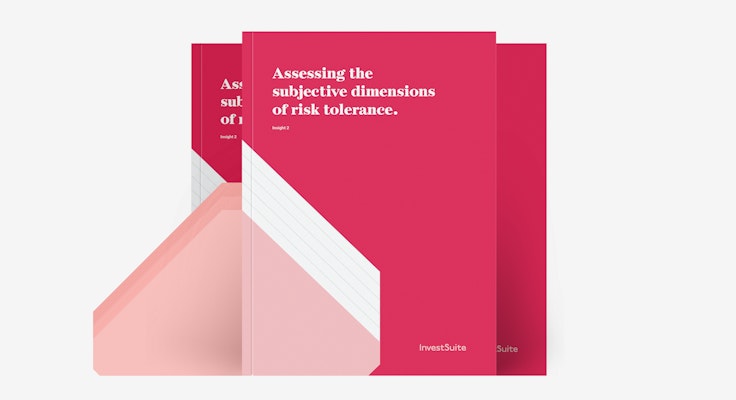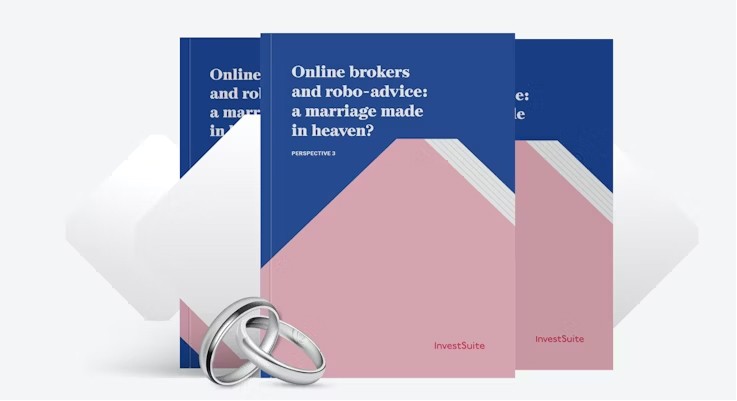What Is Direct Indexing?
Direct Indexing is an investment strategy that replicates the performance of an index (like the S&P 500 or STOXX Europe 600) by directly purchasing the individual securities in that index, rather than investing in a fund that tracks it. Unlike ETFs or mutual funds, DI allows for complete transparency and customization—investors can exclude certain sectors, include ESG preferences, or apply factor tilts.
Why It’s Gaining Momentum
Thanks to the rise of fractional trading, DI is now accessible to a much broader audience—not just ultra-high-net-worth individuals. Over 70% of wealth advisors already see Direct Indexing as an indispensable tool, according to FTSE Russel research.
This democratization, paired with growing demand for personalized investing and ESG alignment, is fueling DI's growth across Europe. But with opportunity comes complexity.
Challenges for European Wealth Managers
While the concept of DI is simple, implementation, especially at scale, is anything but that. European financial institutions face unique challenges:
1. Market Fragmentation
Unlike the U.S., Europe lacks a unified capital market. Investors often need to work across multiple tax regimes, trading venues, and settlement systems, making DI execution more complex.
2. ESG and Regulatory Pressure
European clients expect ESG integration as a baseline, and wealth managers must ensure that DI strategies reflect sustainability goals. This requires robust optimization and reporting capabilities.
3. Scalability and Operational Burden
DI portfolios require monthly or even daily rebalancing, custom constraints (e.g., max 5% per instrument), and constant monitoring. Without automation and intelligent optimization, managing hundreds or thousands of client portfolios is a logistical nightmare.
The Opportunity: Smarter, Custom, Scalable Portfolios
This is where technology, and especially InvestSuite’s Portfolio Optimizer and iVaR, comes in.
InvestSuite has developed Portfolio Optimizer, designed specifically for modern wealth managers who want to deliver hyper-personalized investing at scale.
Meet iVaR: Rethinking Risk in Direct Indexing
Traditional DI strategies often rely on Tracking Error to measure portfolio deviation from the benchmark. But this has serious limitations: it doesn’t reflect drawdowns, investor perception of risk, or recovery time.
This is not the case for iVaR, InvestSuite's proprietary Value at Risk model.
It’s a drawdown-based measure that considers:
Frequency: How often the portfolio underperforms
Depth: The worst loss relative to the benchmark
Width: How long it takes to recover from underperformance
In backtests run from 2010 to 2025 (max 100 instruments, monthly rebalance, S&P 500), portfolios optimized using iVaR outperformed benchmark-tracking portfolios while significantly reducing drawdowns and time to recovery.
How Portfolio Optimizer Simplifies Direct Indexing for Europe
Whether you’re a French wealth manager replicating the S&P 500 using local equities, or a Nordic bank aligning portfolios with ESG regulations, InvestSuite’s tools are purpose-built for this new investing paradigm.
Key Benefits:
✅ Customizable Universes – Choose from global or regional indices, or use custom baskets (e.g., EU-only stocks to replicate U.S. indices)
✅ Advanced Constraints – Set exposure limits by country, sector, ESG score, or any other data point
✅ Scalable Infrastructure – Built to support thousands of portfolios, including fractional holdings
✅ Multichannel Delivery – Use through our Model Builder, Robo Advisor front-end, or REST API
✅ Drawdown-Based Risk Control – iVaR enables smarter, more human-aligned risk management
The Future of Personalized Indexing in Europe
Direct Indexing represents a massive opportunity for European wealth managers, but only if they have the right technology in place. With iVaR’s intuitive risk modeling and the modular flexibility of the InvestSuite Portfolio Optimizer, institutions can now create personalized, ESG-aligned, and benchmark-aware portfolios with less operational friction.
As more investors seek control, clarity, and customization, DI will become a mainstream offering. Firms that adopt modern optimization tools will not only meet client expectations, but exceed them.






